Dear folks evaluating my work, hi! 👋
I’m currently working on a service design project for MERGE Insights, a Canadian consultancy offering their clients validation, verification, and evaluation services of products and services (e.g. from first-time experiences using moisture sensors to field studies of hotel experiences). My task is to facilitate future-state service blueprint workshops and provide strategic action planning guidance to optimize MERGE’s service offerings. These eventual outcomes will first require research and analysis, persona development and customer journey mapping. My intent for the outcome of this work is that my client will gain the actionable insights they need to bring the best version of their services to life in successful ways.
The following is a glimpse at this ongoing project, but I hope it gives you a sense of how I’m approaching this initiative as I’m in the midst of it.
—Michael
My client & me — Overview
My client, a service consultancy, evaluates if and how new products function as intended, fit a targeted market, and are accepted by customers.
This business was in a nascent stage in early 2020 with initial agreements established and new contracts being drawn up when the global pandemic struck. The principal contracted Covid-19, halted all work, and was eventually diagnosed with Long Covid.
Symptoms lasted several years and the consultancy was temporarily closed.
With the principal now recovered, the consultancy is open for business again and fresh eyes are turning to its service offerings. This is where I come in.
My role is to understand this consultancy and with my expertise, strategically and tactically guide my client to providing improved services, equipped with an action plan to see that vision realized.



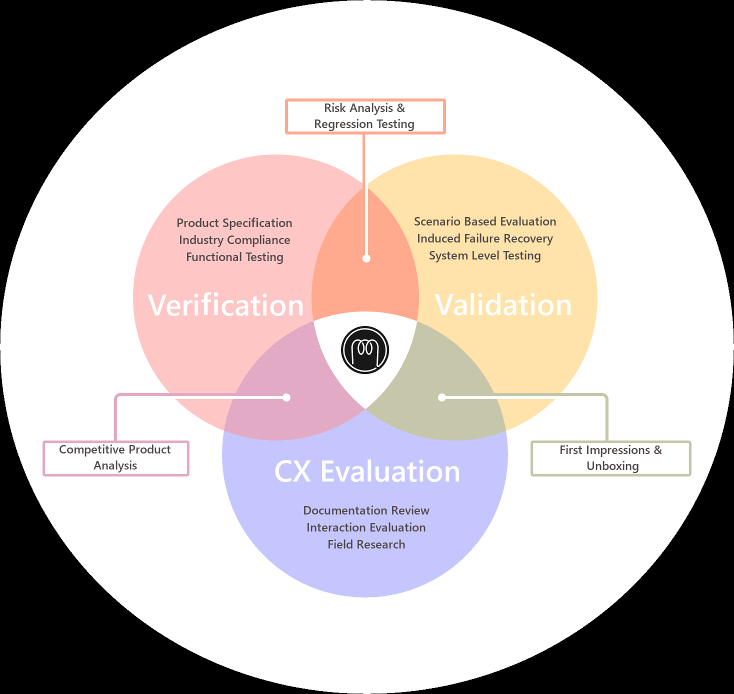
Process – Planning my approach
Here’s a non-exhaustive list of steps I plan to take to accomplish this project:
KickoffRequest website URL, client pitch deck, business plan, origin story, prior research, issues/tickets, early half-baked ideations now stored on their kid’s iPad, etc.Review supplied resources, meet with client to understand current stateDefine value proposition of MERGE’s servicesDevelop personasDefine scenarios, phases, stepsIdentify scenario rolesIdentify (11) relevant categories/lanes [we’re doing an Earth lane – this’ll be a great value-add]
Conduct a high-level journey map with client of future statePrep reference screens/documents/sketches representing scenario stepsPrep blueprinting templatesSchedule workshops (1.5hr/2hr/3hr; x5/x10/x20)Hold initial blueprinting sessions on a “simple” scenario [Blind Date?]Determine, invite additional workshop participants [maybe the plumber for a tradesperson? G on the customer-side?]Harvest blueprints; RACI charting, develop action plan, KPIs (in-progress)
Process – Prep work ahead of blueprinting & artefacts
A snapshot in time of some prep work and stray artefacts ahead of future workshops, etc.
(Proto-)personas to be developed: C*, PM, Designer, Engineer, QA tester [this eventually evolved into a client Product Owner, as well as a MERGE primary service provider]
Roles likely to be present in scenarios: C*, PM, Designer, Engineer, QA tester, client principal, client tester, job-specific tradesperson [client-side practitioners were removed from the scenarios, though legal and secondary service providers at MERGE were added]
Scenarios targeted for blueprinting: S1. Service selection, contract negotiation; S2. Blind Date service; S3. Field Trip service; S4. Integrate service(s) into client workflow(s)
Lanes to include for each scenario blueprinted: Step (visible/hidden), Touchpoints, Role(s), Processes, Technologies, Policies, Potential pitfalls, Rationale, Questions, Notes, Sustainability

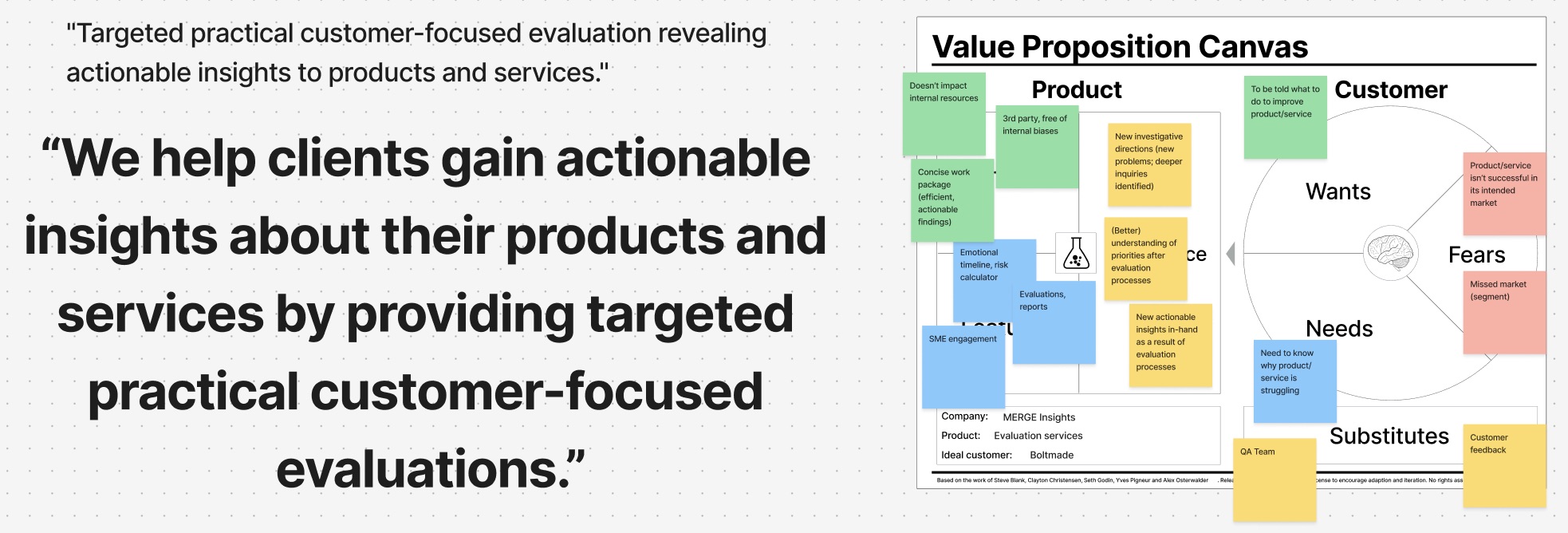

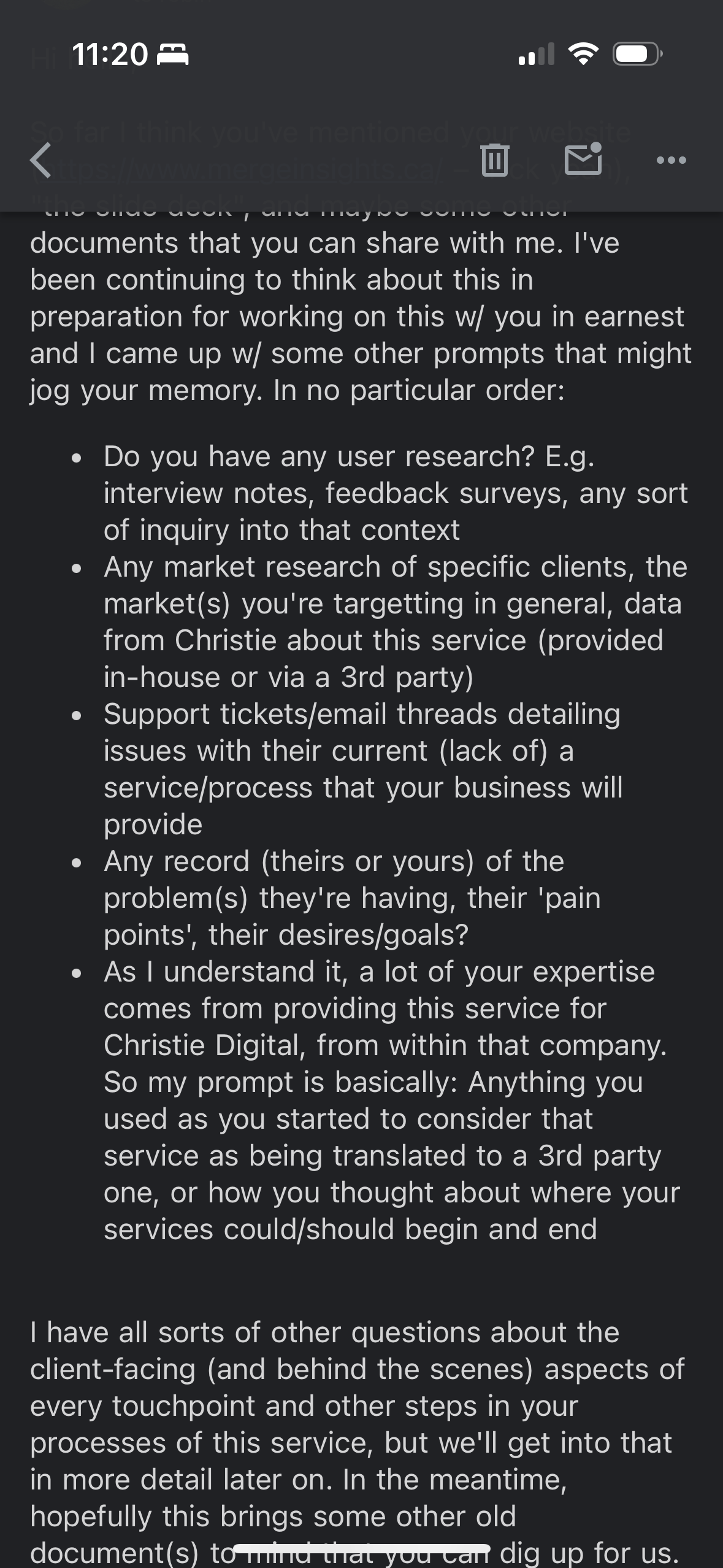









Process – Tooling
Figma, TheyDo, and Miro as candidate tools for remote service blueprinting, journey mapping, and persona development
I initially considered Miro and Figma for remote blueprinting workshops and action planning due to their ease of use when creating custom blueprints and facilitating remote collaboration, then also considered TheyDo after a strong testimonial about its integrated suite of journey management features.
I decided to use Figma’s Figjam due to its freedom to create fully custom blueprint structures and its simple remote collaboration interface for my anticipated remote activity participants who aren’t regular users of these software software packages.
Future-state blueprints – 4 scenarios covering service initiation, variant services, and service conclusion
I worked with my client-side point of contact to determine 4 scenarios that would be most valuable for our blueprinting sessions
These 4 scenarios were selected based on their unique importance and likelihood to occur across projects.
I established an effective rhythm of 2 1.5hr blueprinting sessions per week with the MERGE participants. This was a manageable balance to maintain focus and velocity.
For each blueprint, I included ‘cheat sheets’ of different note explanations (e.g. to distinguish a policy from a process) and reference documents (e.g. the weighted criteria to be configured in a risk calculation), as well as a colour-coded legend for easy reference.
I recorded audio and video from some of these to gather key discussions.


After Blueprinting – Reflections & Implementation Planning
Once I had developed 4 blueprints with MERGE Insights, my next task was to develop actionable insights from our blueprinting sessions and create an implementation plan
I started by metaphorically taking a step back and looking at the blueprints I had helped create. By reflecting on these, I synthesized 30 hours of blueprinting sessions on 4 scenarios of client services and internal processes into a handful of key moments and core principles that would speak to the heart of MERGE Insights’ vision.
Following that initial overall reflection, I then began methodically reviewing each category of note and grouping like-kind themes together, then tying each of those to an owner and providing a likely next step where possible (i.e. where one had been identified)

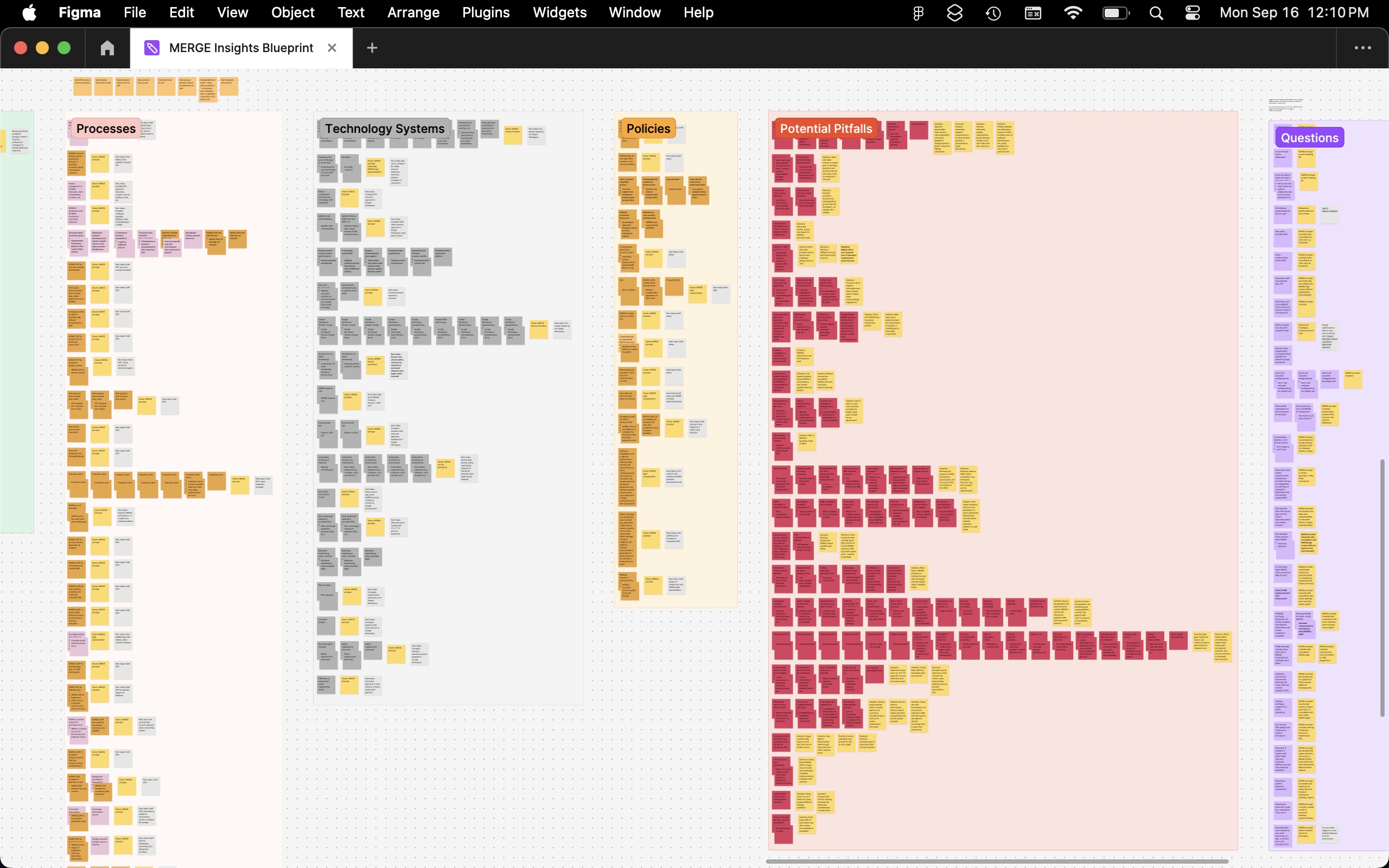
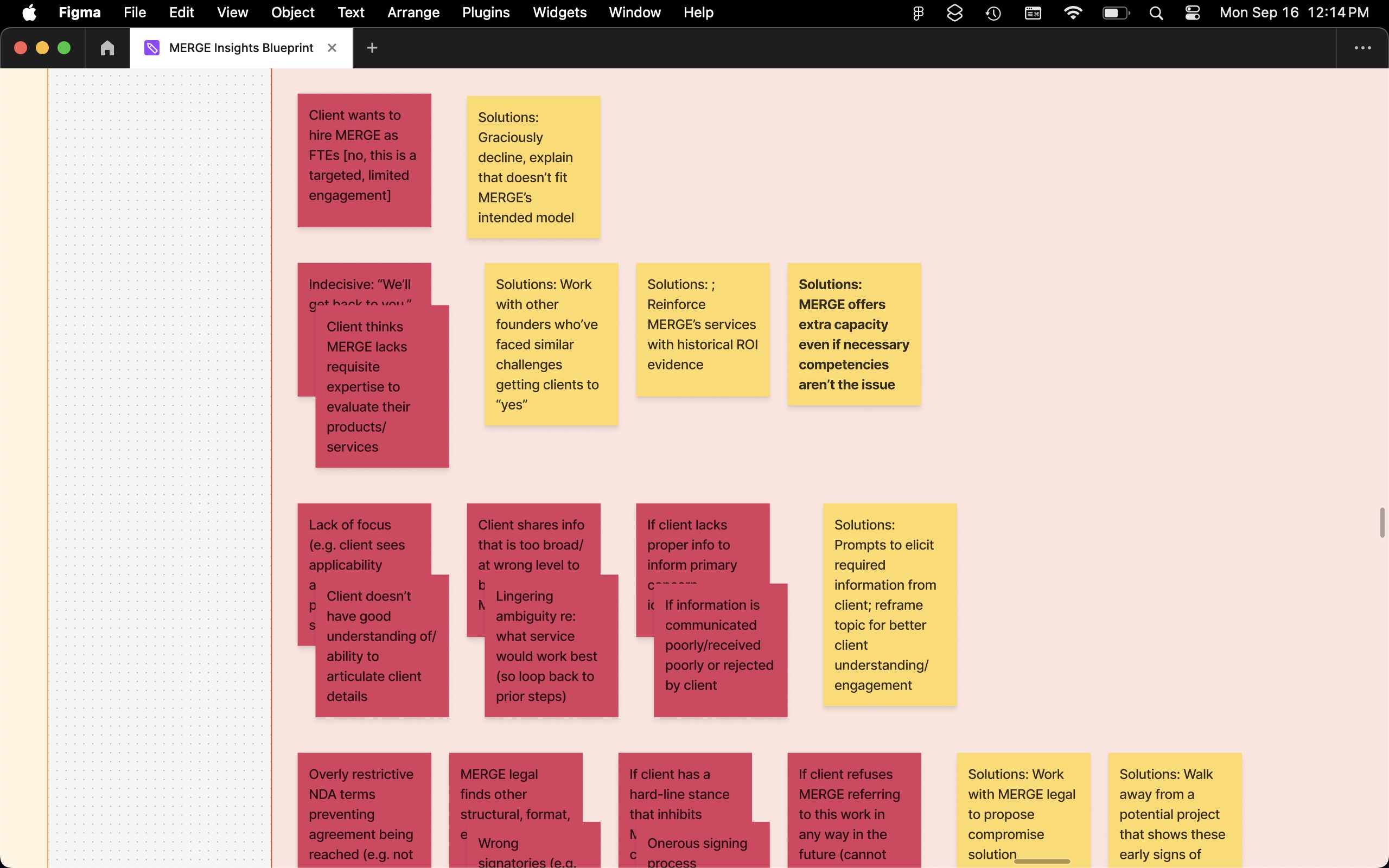
More to come!
(and more to be refined)